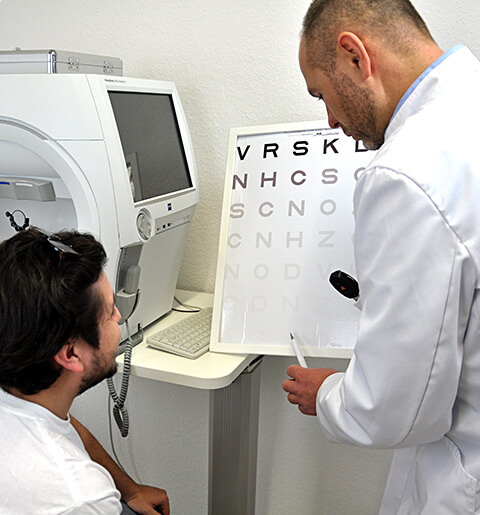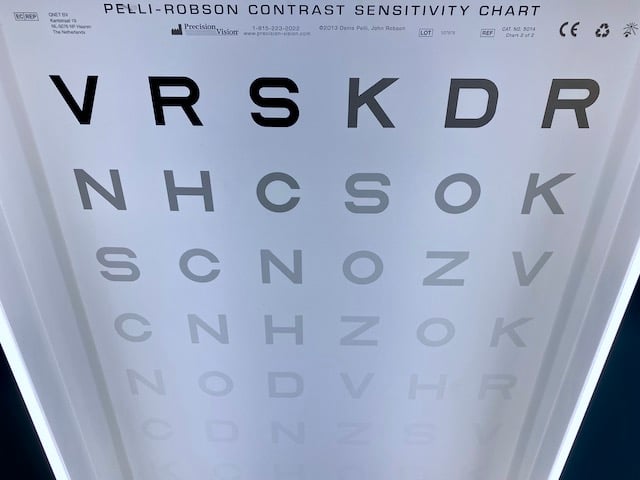Vision necessary for orientation and mobility is particularly dependent on visualizing low-contrast objects such as curbs, steps, and shadows. Driving presents additional low contrast challenges during rain, dusk, fog, snow, and at night. Even typically simple tasks, like reading a paper book, can quickly become visually difficult if contrast is reduced (such as with poor lighting or if the text is faint). Contrast sensitivity significantly contributes to overall visual quality and partially explains why a person seeing “20/20” may still be afflicted by poor vision.
From a patient's point of view, poor contrast sensitivity means constantly having foggy, hazy, or cloudy vision. When severe, it greatly affects night driving, visualizing road signs, seeing pedestrians in the dark, and even increases the risk of falling (especially if the person fails to see the step below).

.jpeg)




